__
San Lorenzo Tlacoyucan is one of the 12 pueblos originarios of Milpa Alta. A rustic farming community, Tlacoyucan hugs dearly to a rugged volcano. Visiting is not just a step into the past, but into the dynamic present with a population defined by the hills and valleys from which they’ve carved a living for centuries.
Construction on the Franciscan church began in earnest in the 18th century. But the Church of San Lorenzo Diácono y Mártir wasn’t finished until 1896. Inside you’ll find two significant paintings. These are from the 16th and 18th centuries. The atrial wall of inverted arches surrounds a pleasant garden and atrium. The entrance way portal forms a semi-circular arch in front of a Baroque façade with some Neo-classical elements.
A legend was recorded by a student, Meza Melo Alberto of the National School of Anthropology and History (ENAH), in 2015.
During the presidency of Porfirio Díaz (at the turn of the 20th century), the government took an interest in the forests of Milpa Alta. This was as the railways were being built, and natural resources became more important than ever.
A very clever thief by the name of Juan Carnero had the courage to challenge the existing law of the land. Carnero was using caves within the forests to hide his considerable stolen goods. After robbing travelers and coaches crossing the territory, he would deposit the goods into one cave, the Cave of Juan Carnero. This cave was nicknamed “the Octopus” for the maze-like tunnels spiraling off from a central cavern. All of it was carved from solid stone.
According to the legend, the cave has never been found. The president, Don Porfirio Díaz, knew that every year, on the first of January, at 12 noon a rooster would crow. That signaled the opening of the cave, for just a few moments. But to this day, it’s never been located and even the residents of the town have never found the legendary treasure of Juan Carnero.
A visit to San Lorenzo Tlacoyucan is today richly rewarded, treasure or no treasure. A visit to the Calvary Chapel and Lookout, an ancient observatory, gives you a full view on just how grand is the Milpa Alta valley.
A legend was recorded by a student, Meza Melo Alberto of the National School of Anthropology and History (ENAH), in 2015. During the presidency of Porfirio Díaz (at the turn of the 20th century), the government took an interest in the forests of Milpa Alta. This was as the railways were being built, and natural resources became more important than ever. A very clever thief by the name of Juan Carnero had the courage to challenge the existing law of the land. Carnero was using caves within the forests to hide his considerable stolen goods. After robbing travelers and coaches crossing the territory, he would deposit the goods into one cave, the Cave of Juan Carnero. This cave was nicknamed "the Octopus" for the maze-like tunnels spiraling off from a central cavern. All of it was carved from solid stone. According to the legend, the cave has never been found. The president, Don Porfirio Díaz, knew that every year, on the first of January, at 12 noon a rooster would crow. That signaled the opening of the cave, for just a few moments. But to this day, it's never been located and even the residents of the town have never found the legendary treasure of Juan Carnero.
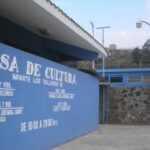
Nearest at 0.36 kms.
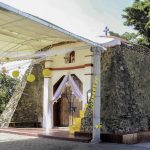
Nearest at 0.42 kms.
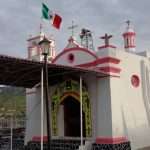
Nearest at 1.36 kms.
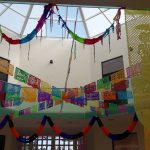
A cultural center in combination with the town tianguis...

A classic neighborhood market in San Bartolomé
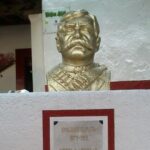
A glimpse into the lives of the Revolutionary Zapatista Army, a museum in Milpa Alta is not to be missed.
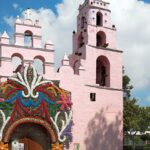
A magnificent little chapel dedicated to Saint Martin, it's often enough painted bright pink.
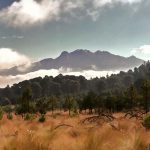
One of the country's most spectacular national parks takes up a massive part of the south of the City.